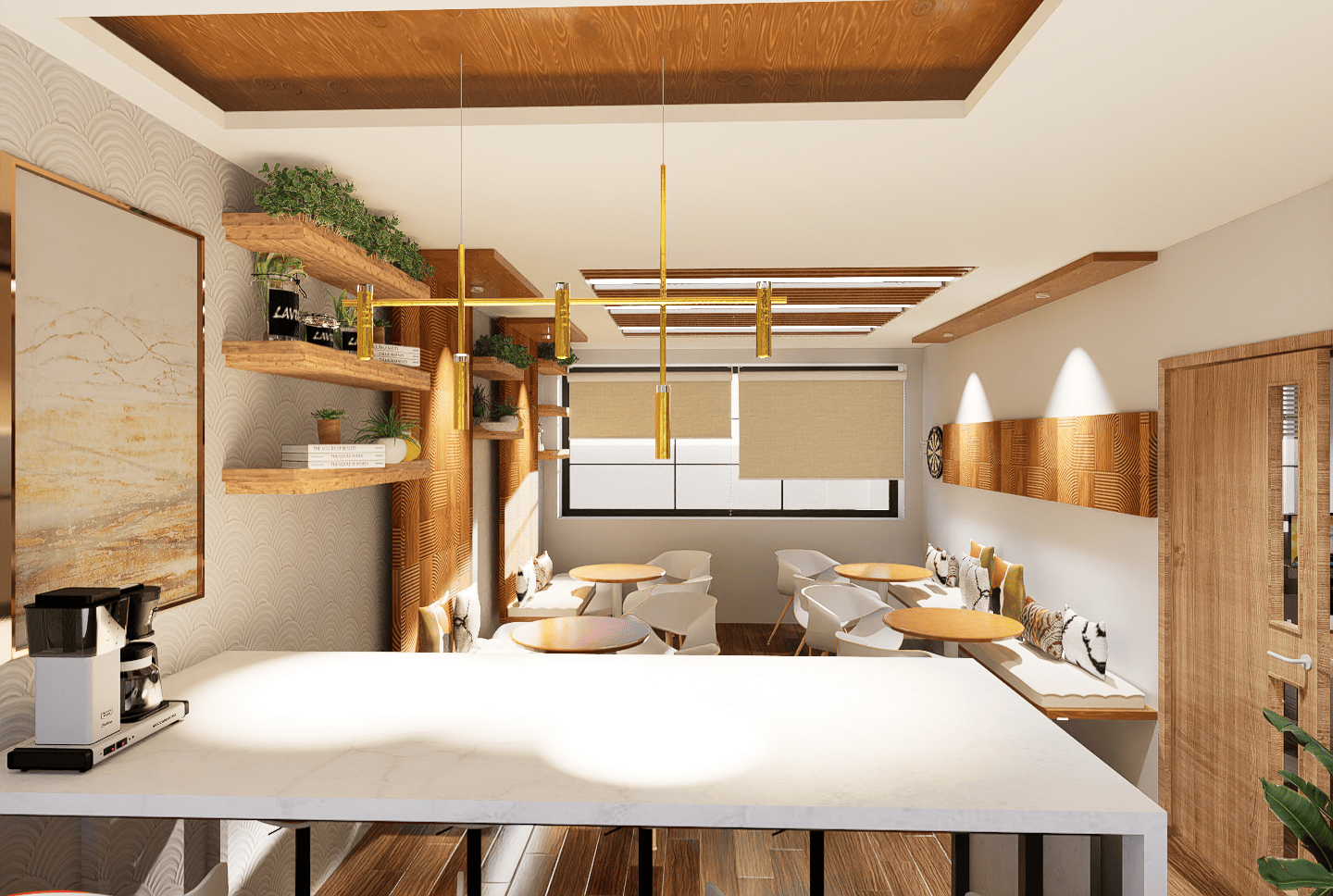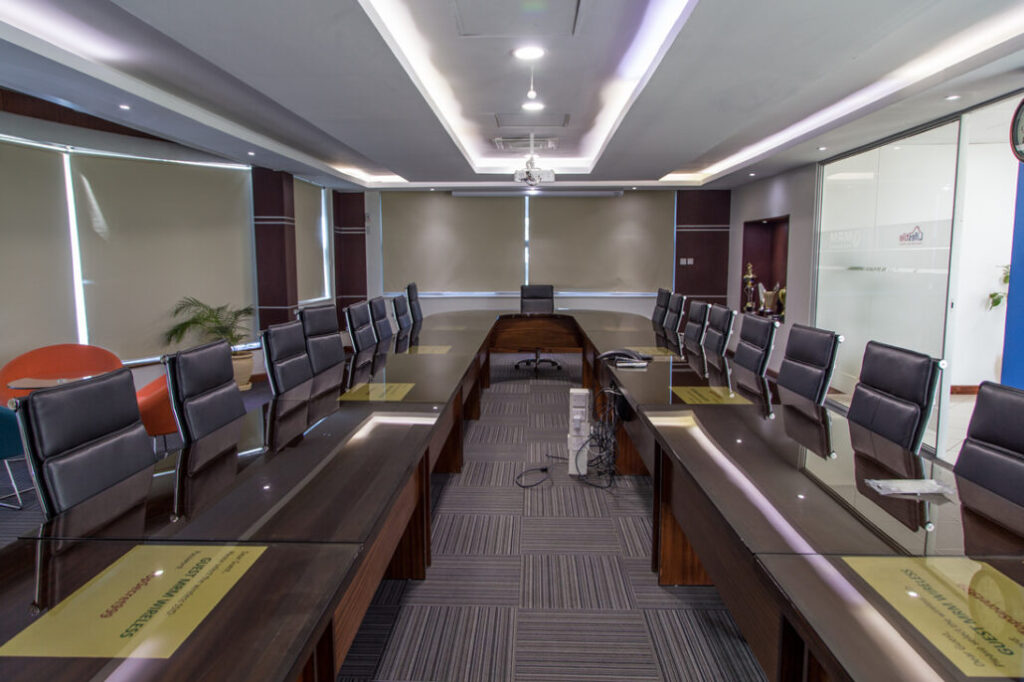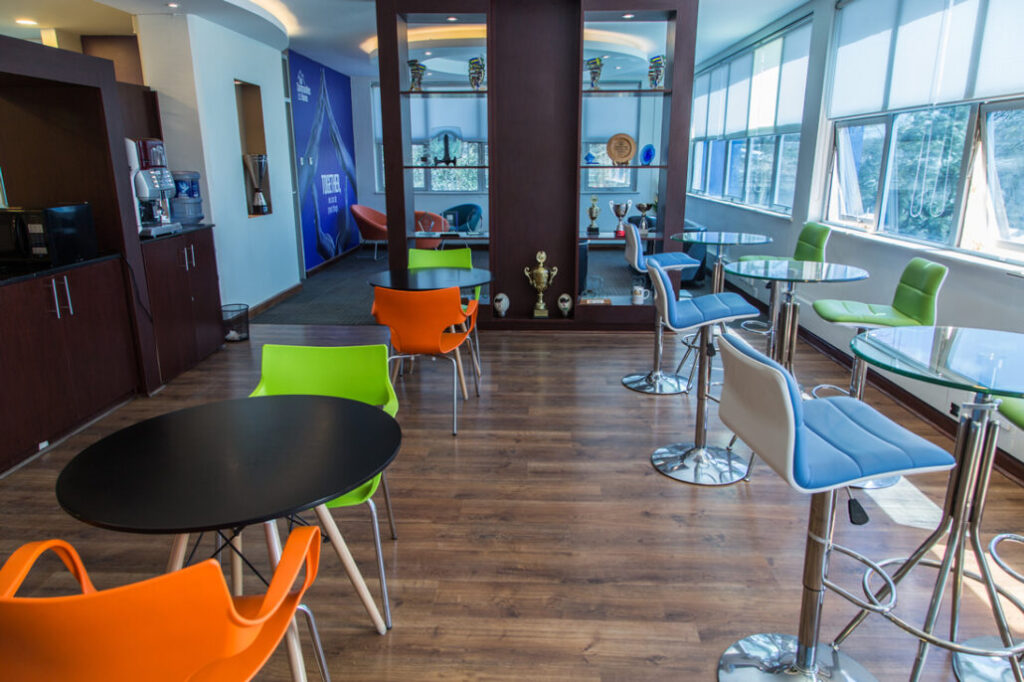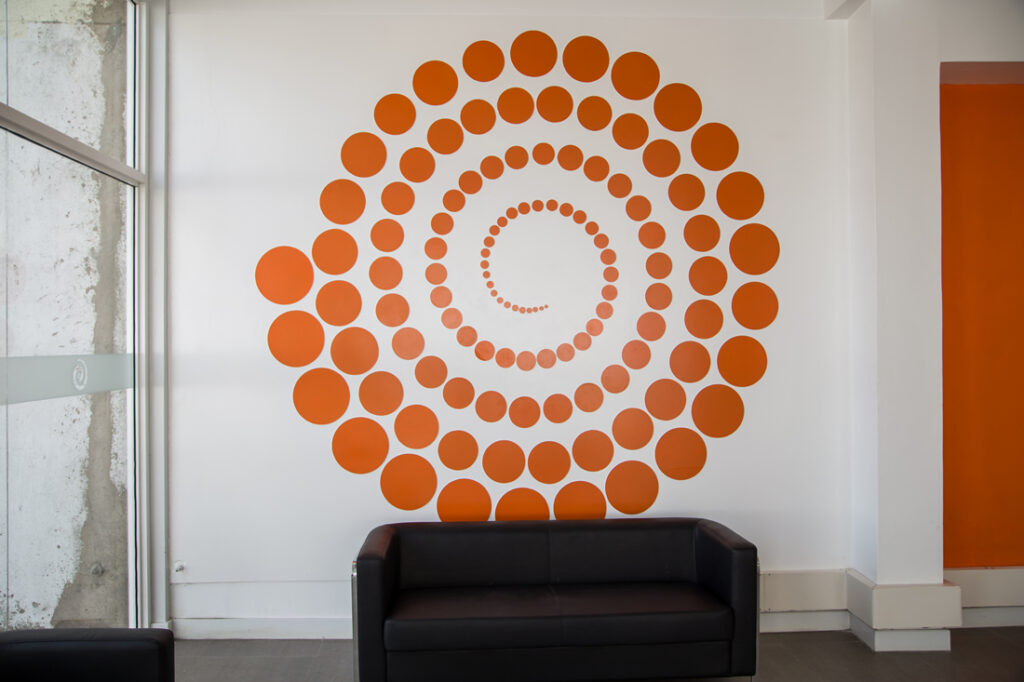PRINCIPLES OF DESIGN TANZANIA

PRINCIPLES OF DESIGN TANZANIA
 A principle, according to the Cambridge dictionary, is a basic idea or rule that explains or controls how something happens or works. The principles of design are a set of rules that designers can follow when creating a composition to create visually pleasing work. There are basic fundamental principles of design namely; Balance, Rhythm and Movement, Proportion, Contrast and Unity. Each principle of design is employed to produce a complete design.
A principle, according to the Cambridge dictionary, is a basic idea or rule that explains or controls how something happens or works. The principles of design are a set of rules that designers can follow when creating a composition to create visually pleasing work. There are basic fundamental principles of design namely; Balance, Rhythm and Movement, Proportion, Contrast and Unity. Each principle of design is employed to produce a complete design.
- Balance
This design principle refers to the distribution of elements in a design. It is used to add structure and stability and to create emphasis and dynamics. There are three types of balance in design, namely; symmetrical balance, asymmetrical balance and radial balance.
Symmetrical balance- Symmetrical balance is balance that is achieved by arranging the elements used on either side of the center of the design in an equally weighted manner. It forms a mirror like output. It looks the exact same on both sides.

Asymmetrical balance- Asymmetrical balance occurs when you have different visual images on either side of a design, and yet the image still seems balanced. Elements might be repeated in the design and similar forms may be used but there is no exact duplication or mirroring.

Radial balance- Balance is achieved by using symmetry and symmetry in several directions. The elements of design are arranged around a central point.

- Rhythm and Movement
The definition of rhythm, in my own terms, is, a flowing movement having a regularly repeated pattern, on the other hand, movement refers to the motion of the eye leading the attention from one aspect to another. Rhythm is concerned with repeating elements in design, forming a certain pattern in the composition. It controls the flow in a design and gives it organization. Rhythm and movement play a significant role in how we perceive a design, both in terms of functionality and whether or not it seems aesthetically pleasing to the eye.
-

Rhythm created by lines used to achieve a straight path which makes it easier for movement
- Proportion
‘Proportion is a design principle in art that refers to the relationship of two or more elements in a composition and how they compare to one another concerning size, color, quantity, degree, setting, etc.; i.e., ratio.’ (Teresa Bernard). Good proportion brings harmony and balance in a design. Good proportion is achieved by proper distribution of elements and sizing in accordance with how they correlate. It helps to determine the hierarchy in importance of elements in a design.
- Contrast
This principle of design can be defined as the difference between elements in a design. The difference is brought about by arranging opposite elements and effects. For example, thick and thin lines, light and dark colors, smooth and rough textures, large and small shapes and positive and negative spaces. Using contrast ensures that your design is interesting, it also helps distinguish the important parts of the design to the least important parts.
- Unity
This principle of design is defined as the harmony of a composition. It brings together all the elements and principles of design to form a complete unit. It helps emphasize a designer’s concept or theme. There are two types of unity; compositional unity, conceptual unity.
Compositional Unity- This is the strategy used by a designer to bind all the elements and principles of a design in a unified manner.
Conceptual Unity- To achieve this, the designer binds the elements and principles of design with the user’s convenience in mind.
At Design Forty, we ensure to follow the basic principles in all the design projects